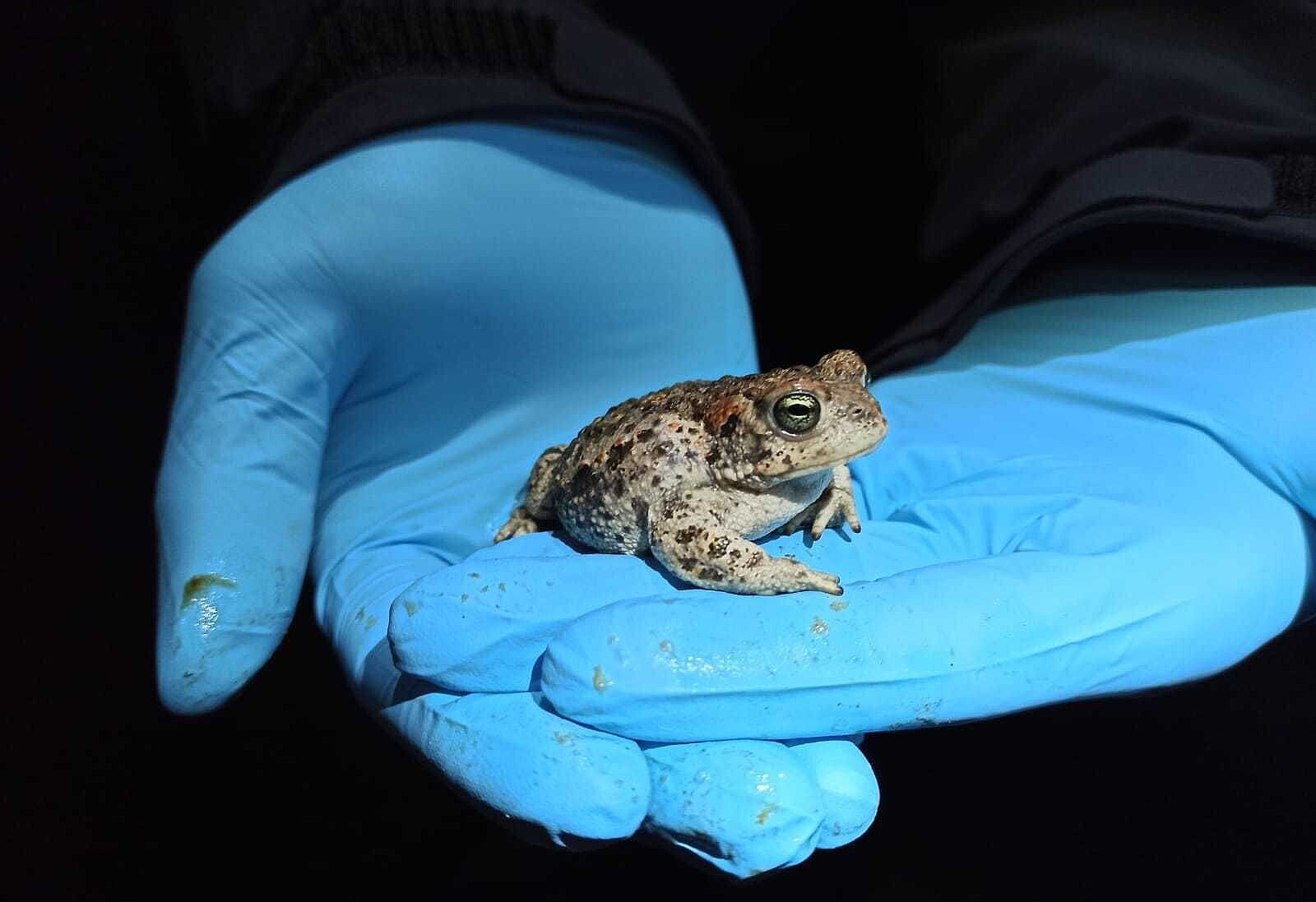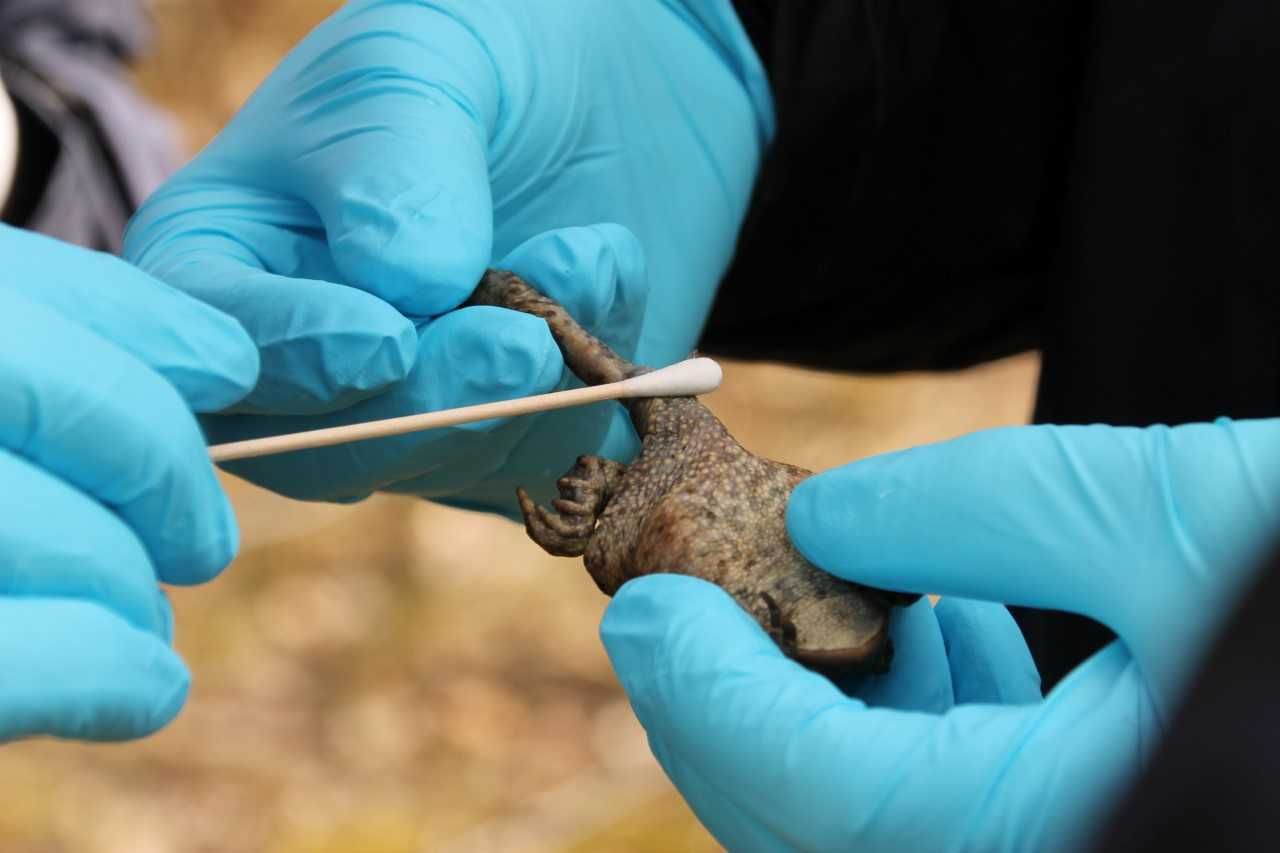
| Project data | |
|---|---|
| Project leader: | Prof. Prof. h. c. Dr. Ursula Siebert |
| Scientific staff: | Lotte Caecilia Striewe, Sara Grau Camps |
| Project term: | May 2024 - December 2026 |
| Sponsorship: | MEKUN |
| Kooperation partners: |
Rachel Marschang und Christoph Leineweber, LABOKLIN GmbH, Bad Kissingen Annika Jahnke und Nadin Ulrich, Helmholtz-Zentrum für Umweltforschung, Leipzig Krishna Das, University of Liege, Lüttich, Belgium Arne Drews, Landesamt für Umwelt, Schleswig-Holstein Christian Winkler, faunistische Gutachten René Seifert, Bündnis Naturschutz in Dithmarschen e. V. |
Project description
Amphibians worldwide are confronted with a variety of factors causing a rapid population declines. In Schleswig-Holstein, these population declines can also be in otherwise widely distributed species and cannot be explained by structural parameters alone, such as habitat loss and alteration. Other factors influencing amphibians can include toxicological contamination and invasive pathogens. The effects of those stressors on our native amphibians are largely unknown. Furthermore, the extent to which the different stressors interact is largely unknown, although it is assumed that they potentiate each other. In order to implement successful conservation measures in the long term, it is important to identify and evaluate the relevant stressors. Based on preliminary studies carried out at the Institute for Terrestrial and Aquatic Wildlife Research (ITAW) from 2021 to 2023, the project aims to investigate possible stressors for amphibians native to Schleswig-Holstein. This includes the continued monitoring of pathogens, such as fungi originating from Asia (Batrachochytrium dendrobatidis (Bd) and B. salamandrivorans (Bsal)) as well as Ranaviruses and herpes viruses. In addition, of animal-related data as well as data on habitat-specific factors are collected to be able to explain differences in the occurrence of infectious agents. The collection of habitat-related data includes water quality characteristics (e.g. pH value, water temperature) and analyses of possible contaminants correlation with utilization, structure and surrounding vegetation over the course of the year.
In addition to recording possible stressors and their interaction, this study aims to develop a basis to evaluate habitats in the course of species protection measures such as reintroduction projects.



Contact person
Stiftung Tierärztliche Hochschule Hannover
Institute for Terrestrial and Aquatic Wildlife Research
Werftstr. 6
25761 Büsum
Lotte Caecilia Striewe
Phone: +49 (0)511-8568180
e-mail schreiben


